
Why “The Fire and the Moth” Feels Like Taiwo Egunjobi’s Truest Story

Taiwo Egunjobi returns with “The Fire and the Moth,” a tense thriller we previewed after a private screening, delving into local lore and the weight of consequence.
Nigerian filmmaker Taiwo Egunjobi returns to the spotlight with his fourth feature film, “The Fire and the Moth“, a tense thriller steeped in local lore and universal themes of consequence. Premiering at the prestigious Nollywood Week in Paris – a festival that previously opened with his second feature, “All Na Vibes”, in 2021 – the film marks a significant milestone for the director, signalling not just continuity but a deepening of his artistic voice. As Egunjobi reflects on his journey and the intricate process behind his latest work, “The Fire and the Moth” is perhaps his most distilled expression of the ideas and cinematic language that define him.
Egunjobi, whose background includes screenwriting for prominent figures like Tunde Kelani and Femi Odugbemi and directing features like “In Ibadan and A Green Fever”, sees a clear evolution in his own work. Looking back, he identifies a significant shift in his approach since his debut. “Well, I would say my grasp on the film language has improved along with my understanding of the types of stories I want to tell, my identity and the tools I need to employ to tell them,” Egunjobi states. This evolution isn’t just theoretical; it has tangible effects. “Practically, this means my project selection, material development, and preparation are more defined. Also, I’ve found more partners I can lean on in certain moments or aspects of filmmaking than before.” This growing clarity and collaborative strength seem foundational to tackling ambitious projects like “The Fire and the Moth.”
Returning to Nollywood Week Paris is a welcome moment for Egunjobi.
I just think I’ve been blessed to find ways to keep making projects I love without losing myself, he reflects humbly. It’s also good to be back at the Nollywood Week after my second film, All Na Vibes; it’s a really nice festival. Despite the recognition, his focus remains squarely on the work: Other than that, we just keep working day and night; there’s so much to do.
The inspiration for “The Fire and the Moth” wasn’t a single lightning strike but a confluence of ideas simmering after his previous film, A Green Fever, a claustrophobic thriller set within a house during Nigeria’s tumultuous 1980s. “The moment we finished making A Green Fever, Isaac [Ayodeji, screenwriter] and I got back into our ‘office’ to look at the next steps we wanted to take,” Egunjobi tells West Africa Weekly. “We kinda had a very good idea of what the next three films should be; some kind of ladder where we keep expanding our expression of the ideas, themes, motifs, situations and objects that interest, excite or intrigue us.”
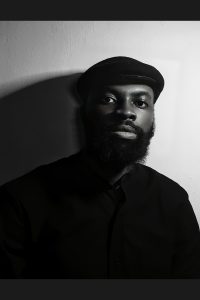
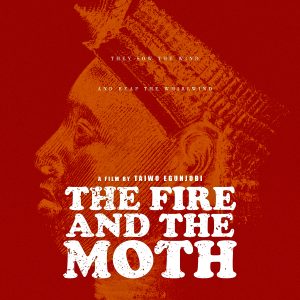
While a complex war-time thriller was initially developing, securing commitment proved difficult; this prompted a pivot fueled by several percolating interests. “Three things happened,” he recounts. “One, at the time, I had gotten interested in some urban legends about smugglers in Nigeria and seemed to be intrigued by that community. Secondly, we wanted to expand the claustrophobia of “A Green Fever” beyond the walls of a house and instead of a town, thirdly. I saw many neo-western films in that period; films like “No Country For Old Men, Red Rock West, Hell or High Water, and Wind River kept speaking to me.” The final piece fell into place with his collaborator’s fascination: “Isaac on his own had gotten interested in the Ife Bronzes, and the rest is history. That set us off.”
This blend – Nigerian smuggling legends, the expanded canvas of a town under pressure, neo-western tonal influences, and the historical weight of the Ife Bronzes (priceless 12th-14th century Yoruba artefacts, whose discovery challenged colonial perceptions of African art and whose provenance remains a sensitive issue) – forms the potent concoction of “The Fire and the Moth.” Set in a western Nigerian border town, the film follows Saba (Tayo Faniran), a smuggler whose rare Ife bronze head theft ensnares others, including a relentless arsonist played by Haitian actor Jimmy Jean-Louis.
Directing the film presented its unique hurdles. “One of the biggest challenges, creatively, was capturing the tone, a blend of melancholy, tension, and violence,” Egunjobi shares. “There’s a lot of back stories going on, and you’ve got to find a way to bring those to bear without overloading the story with fluff.” The setting itself, Ibadan, a city frequently featured in Egunjobi’s work, was integral. “Additionally, it was important to me that the landscape felt like a character in itself, so we shot almost entirely on location in Ibadan to achieve that authenticity. The forests, the hills, the silence all mattered.” Practical challenges arose from this commitment: “Technically, the rains and deep expanses of the hills and the forests made the logistics tough… sometimes it cost us locations.”
The film’s title isn’t just metaphorical; it involves real danger. We also actually had fire stunts on set and had to be careful; we were setting people on fire.
Casting was pivotal in conveying the film’s nuanced tension. “We needed actors who could carry the weight of this story without overplaying it,” Egunjobi emphasises. He praises his cast: “Tayo Faniran surprised people; he brought a quiet desperation to Saba that felt lived-in; Ini Dinma-Okojie as Abike was desperate without seeming weak or a cliche. Ola Rotimi was pure chaos and heart, a raw nerve like Opa. And Jimmy Jean-Louis… well, amazing. His instincts were impeccable…” The directorial challenge lay in harnessing subtle performances. “In a way, the film was about the unsaid, the weight of heritage, family, loss, and danger, and I had to trust the actors to carry that in their eyes. That’s where the real directing happened: creating a space for that quiet power to come through.”
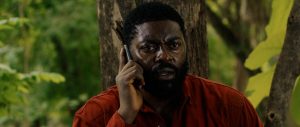
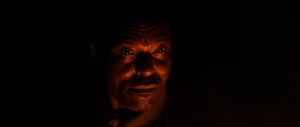
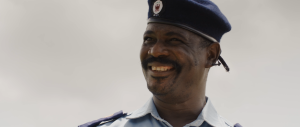
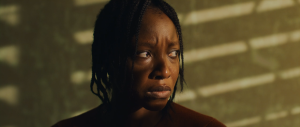
The film’s title itself became a guiding principle, derived from a Yoruba proverb: Afopiná tóní oun ó pa fitila, ara ẹ ni yóò pa — The moth that tries to put out the flame in a lamp only kills itself.
Egunjobi explains the resonance:
That image of something fragile and instinct-driven drawn fatally toward heat and danger perfectly captures the emotional and visual current running through the story. Our characters are like moths, pulled toward things that will ultimately consume them… Once we found the title, it suddenly became a compass, and everything made more sense.
Making “The Fire and the Moth” reaffirmed certain truths for the director about the filmmaking process itself, particularly the balance between vision and collaboration. “Well, I don’t know if I discovered anything new so much as I confirmed a few things. Like how little control you have once the story takes on a life of its own… On this one, I just had to relearn how to trust the process, trust the rest of the team to carry the vision too…”
As the film travels from Nigeria to Paris and beyond, Egunjobi hopes it provokes thought rather than providing easy answers, reflecting his belief that “stories are universal and always resonate when done properly.” He desires conversations that linger. “Ideally, the kind that doesn’t resolve too easily.
“The Fire and The Moth” isn’t built to give comfort; it’s meant to linger. So, if people walk out arguing about what justice looks like or the value of our heritage, maybe it worked… In Nigeria, that might mean confronting our relationship with the cost of survival. In Paris, maybe it’s a conversation about African art theft. The hope is that people will feel unsettled in a productive way.
“The Fire and the Moth,” born from Egunjobi’s refined understanding of his craft, blending specific Nigerian cultural elements with universal genre tropes and wrestling with complex themes through nuanced direction and performance, feels like a culmination. It represents a filmmaker confidently using his distinct voice, shaped by experience and specific artistic interests, to tell a deeply rooted and provocatively resonant story – arguably, his most actual story yet.
Read More:
- Tinubu’s Economic Reforms Cause of Mass UTME Failure
- Ayra Starr, Burna Boy, Chimamanda Adichie Radiate At Met Gala 2025, Burna Boy Hosts First After-party
About The Author
Related Articles
Wizkid, Seyi Vibez, and Asake Dominate Spotify’s 2025 Wrapped in Nigeria
Spotify has released its 2025 Wrapped data, and the results show another...
ByWest Africa WeeklyDecember 4, 2025Lagos Welcomes XVI Edition of S16 Film Festival Featuring Shorts, Features, and Panels
The 2025 edition of the S16 Film Festival officially opened in Lagos...
ByWest Africa WeeklyDecember 3, 2025Ghana Sets Up GH₵20m Creative Arts Fund as Nigeria’s Sector Still Lacks Support
Ghana’s 2026 national budget includes a bold new investment in its creative...
ByIkenna ChurchillNovember 17, 2025Marionette Festival Draws Crowds in Bamako Despite Jihadi Threats
Under a pale November sky, and despite weeks of fuel shortages that...
ByWest Africa WeeklyNovember 14, 2025



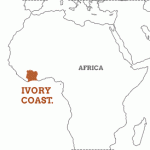





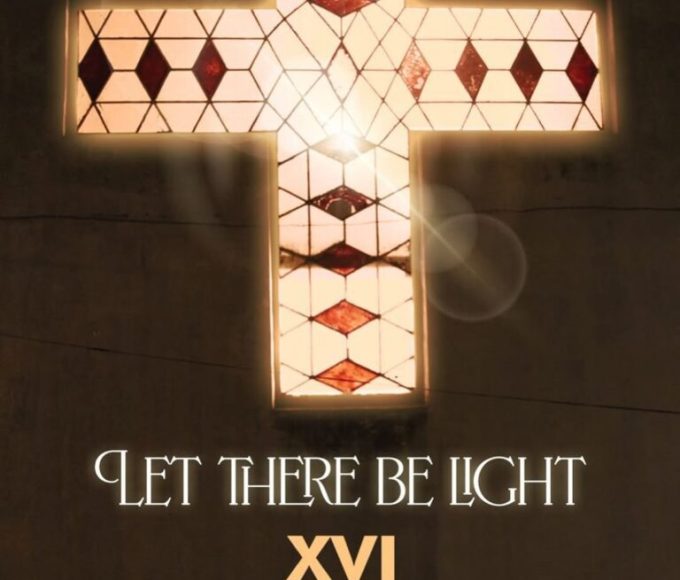
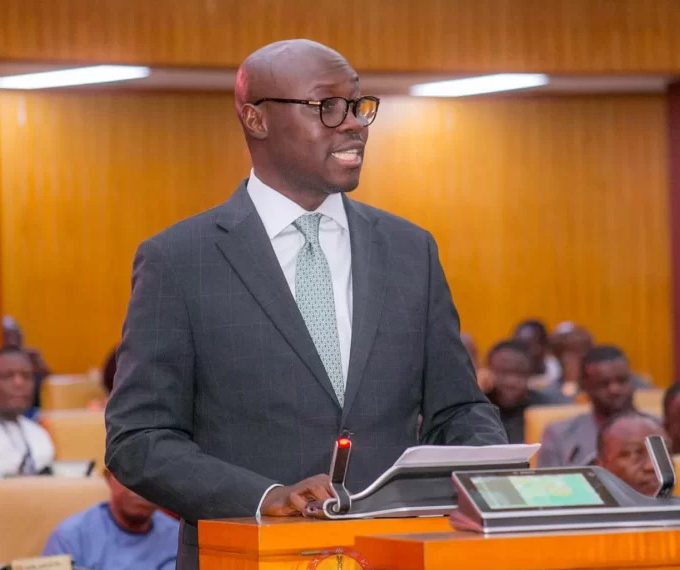
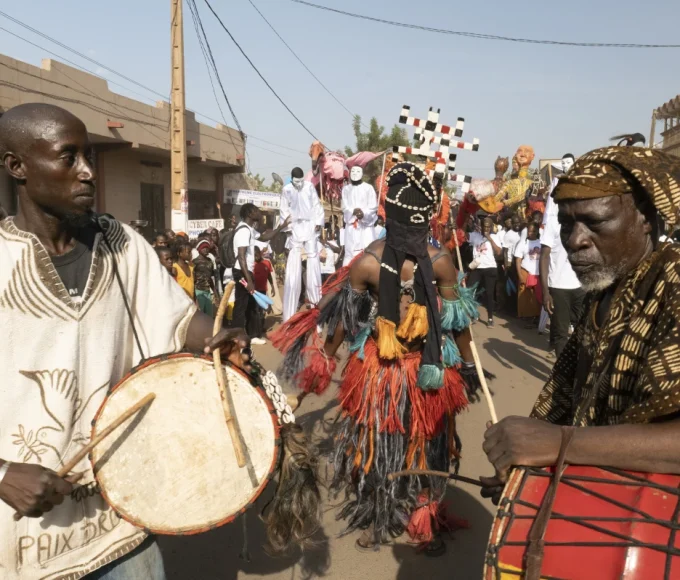
Leave a comment